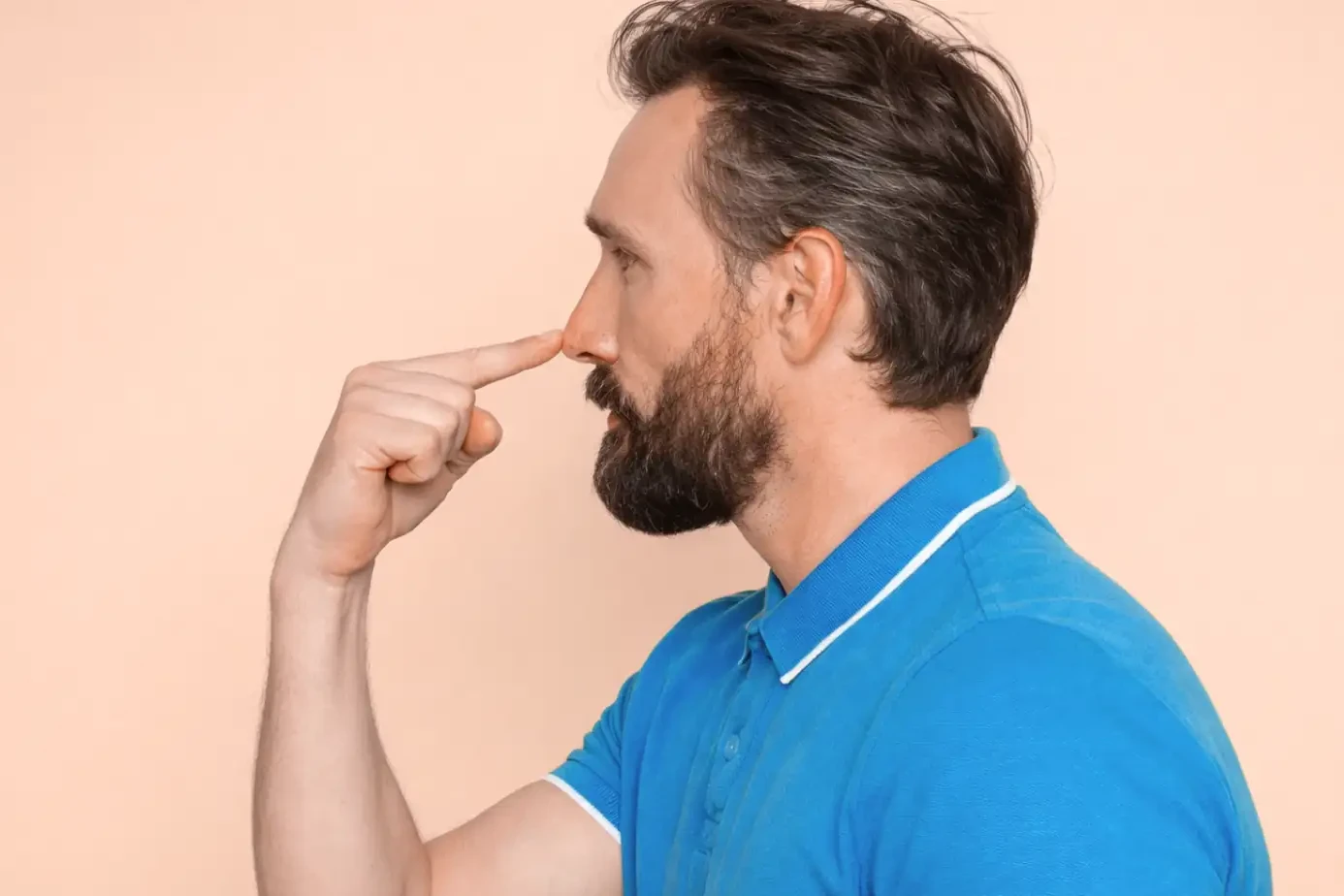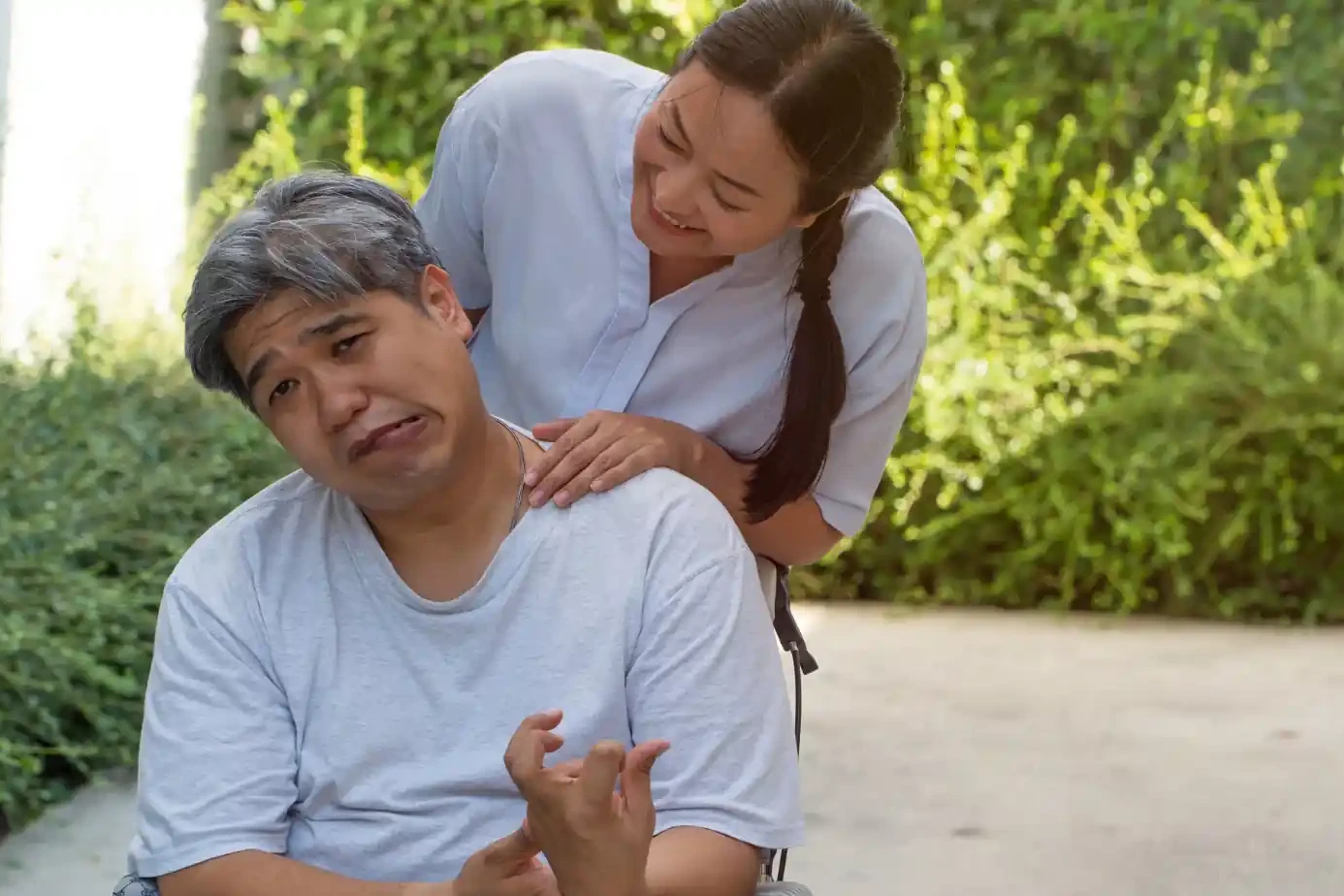In simple terms, a seizure is an uncontrolled electronic disturbance in the brain that can cause changes in your behaviour, movement, or feelings, and in levels of consciousness. If someone has 2 or more seizures that are 24 hours apart, at least, for unidentifiable reasons can be epilepsy. A seizure is caused due to various reasons like organ failure, a certain type of medication, electrolyte imbalance, hypersensitive encephalopathy, medical withdrawal. Factors that lead to a seizure or how often a seizure occurs or why it occurs at a particular time can be difficult to determine.
When we talk about general first aid for seizures, always remember to keep the patient comfortable and safe.
- Never leave the person alone until the seizure is over: Seizures are unpredictable in nature; one can get injured as well, or get unconscious, so not leaving the person alone is of utmost importance.
- Observe how long the seizure lasts: Be sure to observe how long the person takes to return to normal after the seizure.Consult a professional if the seizure lasts longer than usual for that person.
- Stay calm: Remember to stay calm as the person going through it will also feel better and most seizures only last for minutes.
- You can prevent injury by keeping objects out of the way: Keep all the sharp objects away if the person is at home or if he is at a public place keep away from a moving vehicle as it can be dangerous.
- Make sure that the person is breathing fine: If the person is lying, turn him to the other side with his mouth towards the ground so that he can breathe and saliva doesn’t block the airway.
- Never give the person anything to eat or drink until he is fully alert: A person during a seizure should not eat or drink as it can make him choke, so never put food or any pills while they are not aware.
EMERGENCY SEIZURE MEDICATION FOR CHILDREN
Treating a child with a severe seizure can be difficult in an emergency room because the seizures make him move a lot which in turn makes it difficult to undress him or give him an IV (intravenous drugs). So, a better option would be to give him drugs via the mouth and not rectally. A rectally given valium stops seizures within minutes especially when IV is not an option. Oral use of Midazolam can reduce further complications and lower the risk of death. Seizure symptoms among children can be lateralized tongue biting, the flickering of eyelids, dilated pupils with a blank stare, lip-smacking, increased heart rate, blood pressure, and post-ictal phase.
COMMON SEIZURE SYMPTOMS
- Odd feelings, they are indescribable
- Unusual tastes and feelings, unusual experiences like feeling detached, out-of-body sensations and the body look or feels different
- Feeling confused
- Memory Lapses
- Episodes of daydreaming
- Jerking movement of arm, body, or leg
- Falling
- Headache
- Tingling, numbness, or feeling of electricity in different parts of the body
- Unexplained sleepiness, weakness, or confusion
- Losing control of urine or stool unexpectedly
SEIZURE TREATMENT GUIDELINES
- Put on gloves, if possible
- Place something soft under the person’s head so that he cannot bang his head against the ground
- Do not place anything in the person’s mouth
- Loosen tight clothing, especially around the person’s neck
- Do not try to restrain the person or use force on him
- Call for an ambulance if the person stops breathing, if the seizure lasts more than 5 minutes, there are multiple seizures happening without the person regaining consciousness, if pupils are not equal in size after the seizure, if the person is injured, if the seizure occurs underwater.
When it comes to seizure treatment at home, avoid clutter, as it can be dangerous for even the people living there.
If you want to prevent seizures, you should know your triggers. The most common triggers are stress, anxiety or emotional issues, alcohol or drug abuse, and even the process of quitting them can cause seizures. Sleep deprivation and the exhaustion from it, change in medication or skipping a dose of anti-seizure drugs, something that over stimulates your senses like flashlights, working on a computer for long hours, hormonal changes in women, pregnancy or menstruation, and mental strain can be potential triggers. If you take notice of these changes, you can surely prevent a seizure.
Having a healthy diet, reducing your screen time, and sleeping well can take you a long way.
Treatment options for seizures are following a ketogenic diet, brain surgery, putting a vagus nerve stimulator in the chest. If you have had a seizure even just once, you are at risk of other episodes as well. You will have to work with your doctor and take some medications, make some lifestyle changes, and other preventive steps. When it comes to the seizure management protocol, ventilation is one thing that you should look into. To provide privacy to a person, during and after the seizure, timing the seizure is of utmost importance. Protecting from injury should also be a priority as we mentioned earlier. Remember that panicking is not an option.
If you are thinking about who to consult, consider Dr. Chandril Chugh who is an American-trained Stroke and Aneurysm Specialist. He is a gold medalist in MBBS and believes that a doctor’s job is not only to heal but to spread awareness as well. You can easily book an online consultation session. Talk to us about your disease and get your life back.
About The Author

This article is medically reviewed by Dr. Chandril Chugh, Board-Certified Neurologist, providing expert insights and reliable health information.
Dr. Chandril Chugh is a U.S.-trained neurologist with over a decade of experience. Known for his compassionate care, he specializes in treating neurological conditions such as migraines, epilepsy, and Parkinson’s disease. Dr. Chugh is highly regarded for his patient-centered approach and dedication to providing personalized care.
→ Book a consultation to discover which remedies suit your needs best.




